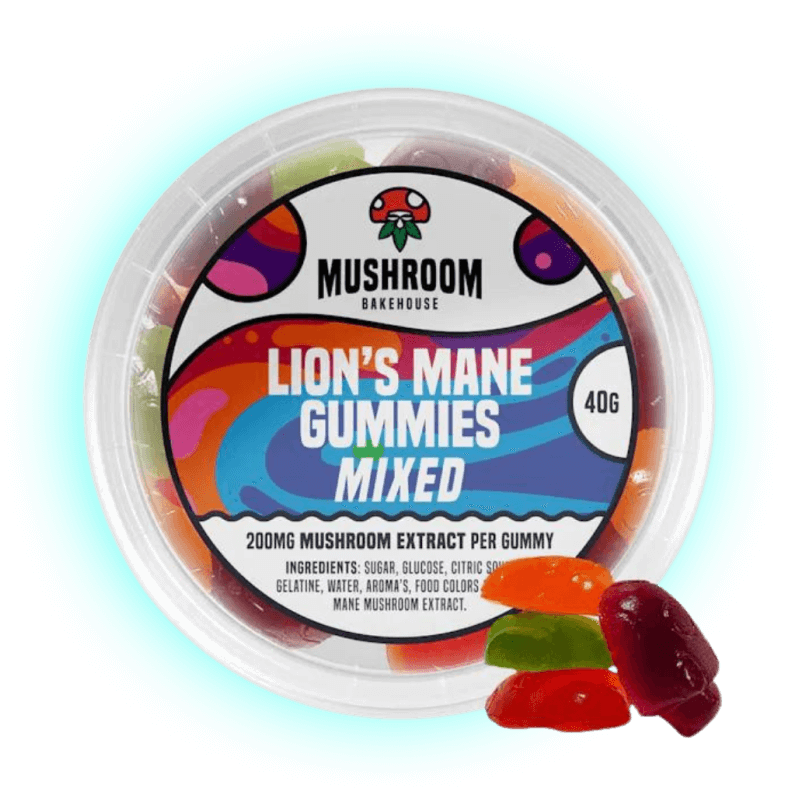The pointed cone mushroom (Psilocybe semilanceata) is one of the best-known hallucinogenic mushrooms.
But in addition to its effects, it is also fascinating from a botanical point of view. Find out how to recognise it, where it grows and why it is so special.
Recognising the pointed cone
The pointed cone is a small but characteristic mushroom. Its bell-shaped cap, which resembles a small pointed cap, is particularly striking. The colour varies from light brown to olive depending on the humidity, and the surface has a slightly slimy sheen when it rains. The cap conceals narrow, dark brown lamellae, which become darker with age.
The stalk is also an important distinguishing feature: it is thin, whitish and often appears slightly curved. If it is damaged, it can show bluish discolouration - a typical sign of psilocybin-containing mushrooms.
The following tips will help you to identify the pointed cone bald cap with certainty:
- Look for the distinctive, pointed cap.
- Check the colour of the plates - they should be dark brown.
- Take a close look at the stem - thin, fibrous and flexible.
Caution: Some poisonous mushrooms, such as the conical fibre mushroom, look similar.
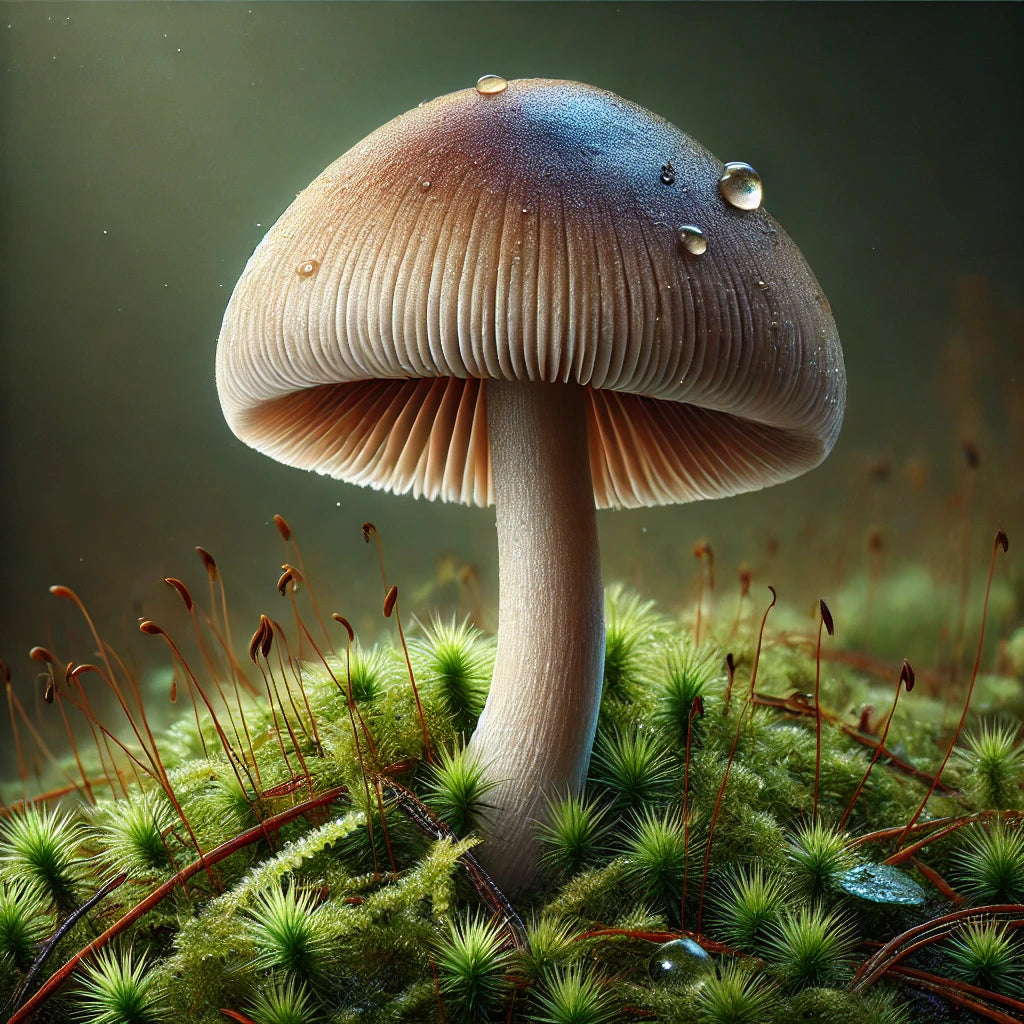
Spitzkegeliger Kahlkopf effect - What happens after consumption?
The spiky cone is best known for its hallucinogenic effect, which is caused by the active ingredient psilocybin, which is converted into psilocin in the body. After ingestion, perception changes: colours appear more intense, sounds seem deeper and thoughts flow more freely. Many people report a feeling of deep connection with nature or strong emotional experiences.
However, the effect is not always pleasant, with some experiencing unpleasant effects such as
- Nausea and stomach discomfort, especially when eaten raw
- feelings of anxiety or panic if the environment is inappropriate
- Confusion and disorientation, especially with high doses
The effect usually sets in after 30 to 60 minutes and lasts for four to six hours. It is important to be aware of the risks, as psilocybin can have a strong influence on the psyche.
Pointed cone baldcypress in the garden - Can it grow there?
Many people wonder whether the pointed cone baldcypress can also grow in their own garden. In fact, this is possible, but rather rare. The fungus loves nutrient-poor, moist meadows and occurs mainly on pastures where animals fertilise the soil. In gardens, it is usually only found where similar conditions prevail:
- Unkempt, natural lawns
- Damp, shady corners, for example under shrubs
- Compost heaps or mossy areas that remain permanently damp
Anyone who discovers it in the garden should inform themselves carefully, as there is a high risk of confusion.
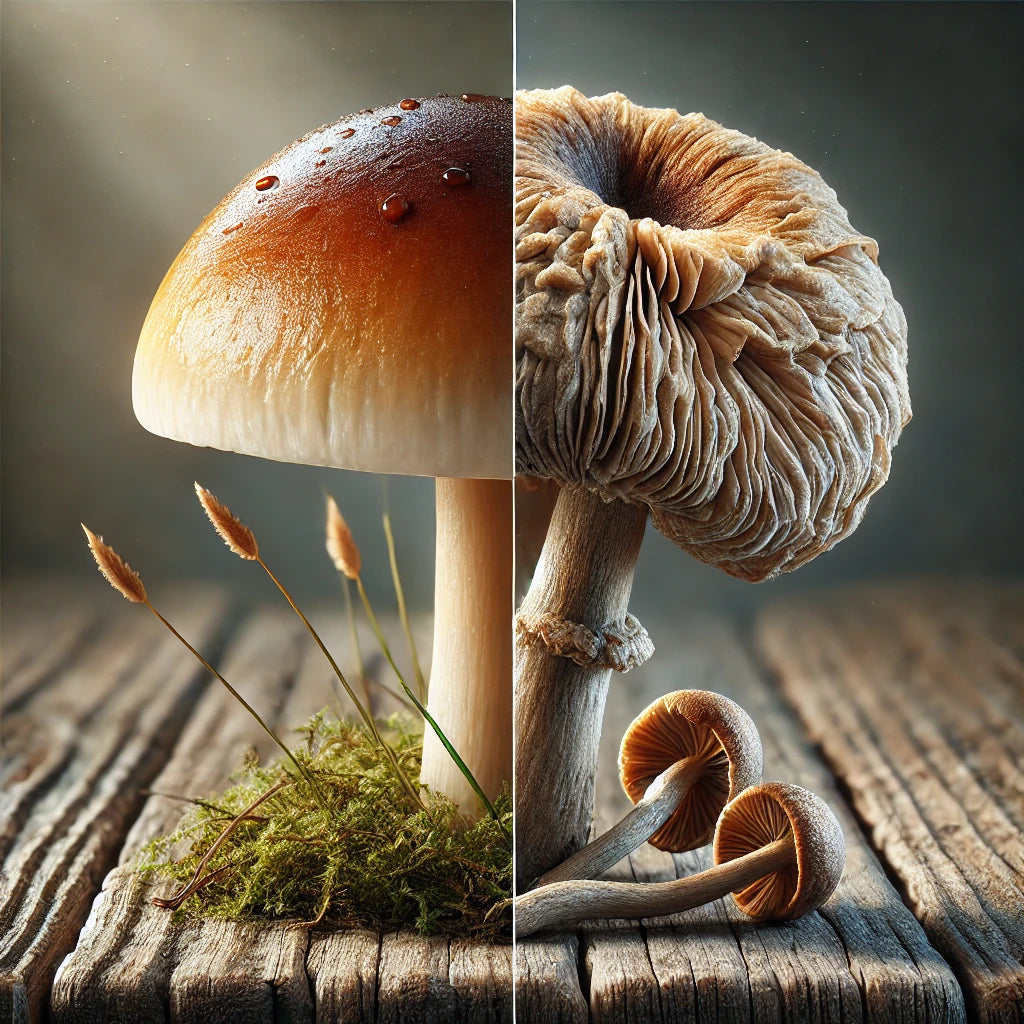
Pointed cone bald head images
Pictures are essential for identifying the pointed cone mushroom. Photos often show typical features such as the pointed, bell-shaped cap, the dark lamellae and the flexible, thin stem. However, the condition of the mushroom is also important: when dry, it appears lighter and shrivelled, whereas when moist, it shines and looks more vibrant.
It is particularly helpful to compare pictures with similar mushrooms. Make sure that the pictures are taken at different stages of growth - from the young mushroom with a closed cap to the mature, open cap - to avoid dangerous mix-ups.
Find pointed cone baldcypress - It grows particularly well here
If you want to find the pointed cone baldcypress, you should look for it in damp meadows and pastures in autumn after rainfall. Pastures where cows or sheep graze are particular hotspots, as the fungus prefers to grow on nutrient-poor soils that are lightly fertilised by animal manure.
Here are some tips for the search:
- Best time: September to November, especially after wet weather
- Typical places: Pastures, park meadows and natural lawns
- Climate: Cool and damp, preferably on foggy days or morning dew
Important: Respect nature and don't carelessly destroy mushrooms - many species are worth protecting.
Pointed cone dried - Differences and effects
When dried, the pointed cone-shaped bald head looks completely different: the cap becomes shrivelled and lighter in colour, the stalk thin and brittle. However, the effect remains, if not intensified. Drying causes the mushroom to lose water, which increases the concentration of active ingredients.
Important differences to fresh mushrooms:
- Shelf life: Dried for up to a year, stored in an airtight and dark place
- Strength: Significantly more potent, as the active ingredient is more concentrated
- Dosage: Use with caution - dried mushrooms have a more intensive effect
Determine the pointed cone
Identifying the pointed conehead is not always easy as it has some poisonous lookalikes, so it's important to take your time and look closely. Here are some helpful methods:
- Compare with pictures from trusted mushroom guides or apps
- Make a spore print: The pointed cone bald cap has dark purple spores
- Pay attention to the odour: Inconspicuously earthy, never pungent or unpleasant
If unsure, it is always better not to try!
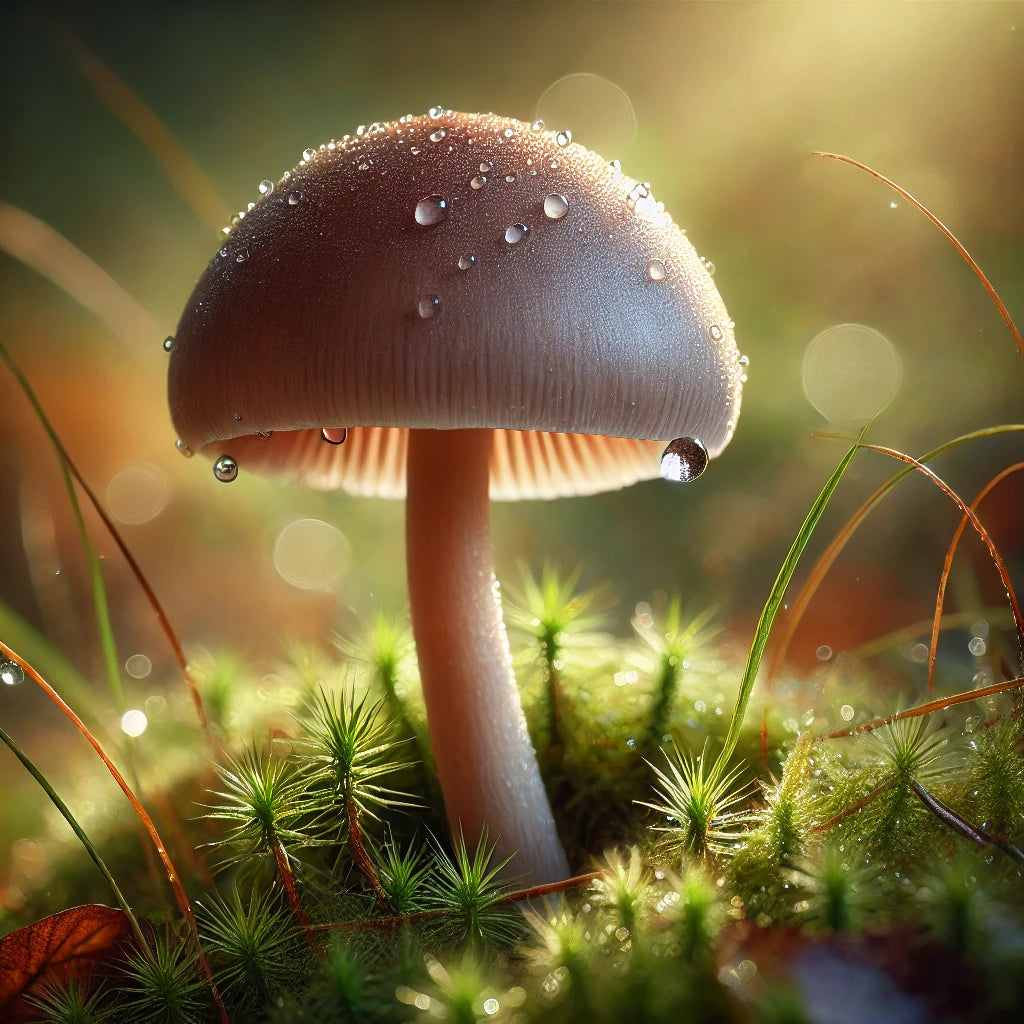
Spitzkegeliger Kahlkopf Map of Germany - Where is it common?
The pointed-cone baldcypress occurs in Germany mainly in damp, grass-rich regions. Areas with many pastures and semi-natural grassland are particularly good. Here are some well-known regions:
- Northern Germany: Schleswig-Holstein, Lower Saxony and coastal regions
- Low mountain ranges: Eifel, Harz and Bavarian Forest
- Southern Germany: Alpine foothills and Allgäu
Many mushroom portals offer online maps documenting the locations where they can be found, but be careful: collecting mushrooms containing psilocybin is prohibited in Germany.
Pointed cone bald cap confusion - These mushrooms look similar
The greatest danger when collecting is confusion with poisonous look-alikes. The following species in particular look similar:
- Conical fibre mushroom: Most common lookalike, but poisonous - cap usually lighter in colour
- Düngerlinge: Similar form, also grows in meadows, but non-toxic
- Coniferous woodlouse: Very poisonous and life-threatening - but usually grows in forests
To avoid confusion, it helps to talk to experienced mushroom pickers or contact a mushroom consultant.
Pointed cone baldcypress Dosage
The dosage of the pointed cone varies depending on condition (fresh or dried) and experience. Important to know: In Germany, possession and consumption is illegal. Nevertheless, here are some general guidelines:
- Microdosing: 0.1 to 0.3 g (mild mood enhancement)
- Light experience: 0.5 to 1 g (mild changes in perception)
- Strong experience: 2 to 3 g (intense, hallucinogenic effect)
Beginners should always start low and never consume alone.
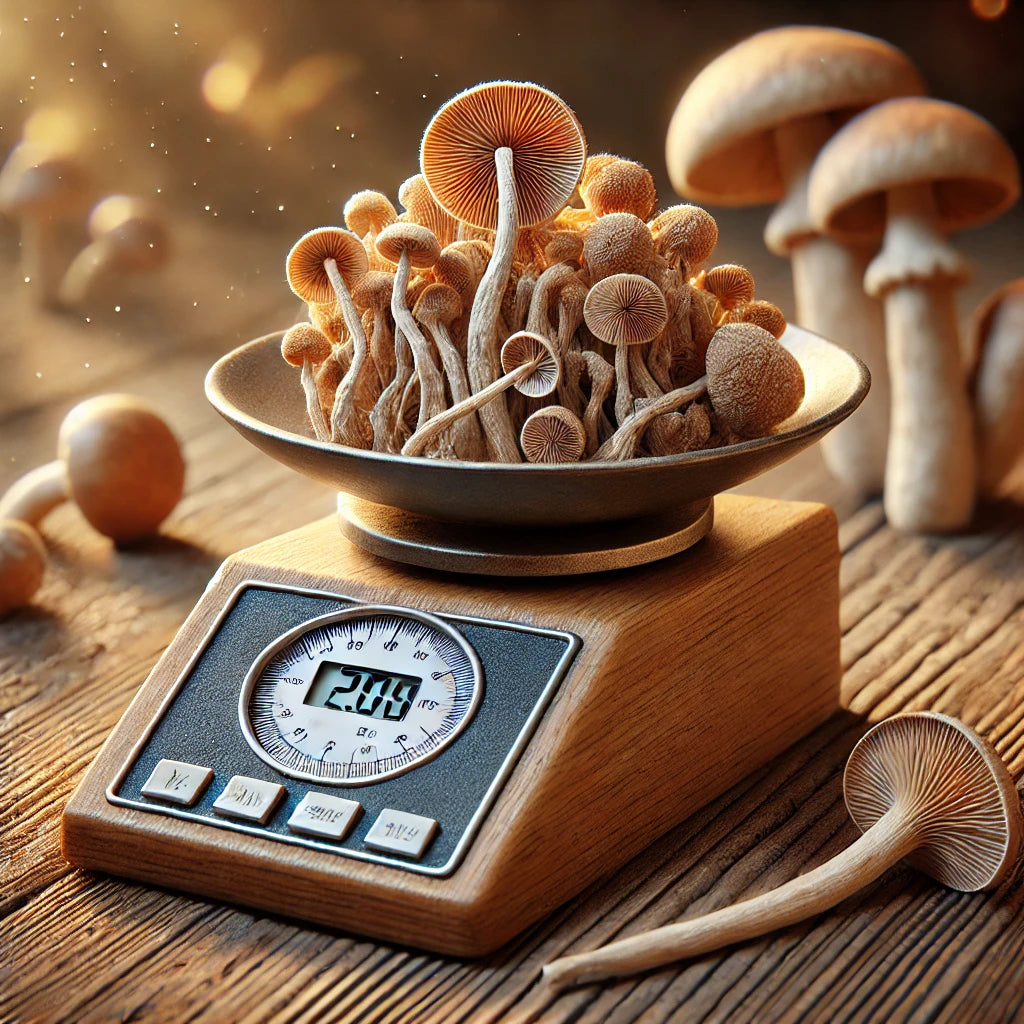
Spitzkegeliger Kahlkopf breeding set - Is it legal?
Cultivation kits for the pointed cone mushroom are prohibited in Germany, as the cultivation of psilocybin-containing mushrooms falls under the Narcotics Act. Such kits are sometimes legally available abroad, for example in the Netherlands, but beware: importing them into Germany is a punishable offence.
Exciting, but not without risk
The pointed cone mushroom is a fascinating fungus - not only because of its effect, but also because of its unique appearance and occurrence. However, anyone studying it should always exercise caution. The risk of confusion is high, and the legal framework in Germany is strict. Nevertheless, it remains an exciting topic for anyone interested in mushrooms, nature and mycology.






















